Description
Texas Original Pits 20″ x 40″ grill with 20″ firebox (51cm x 102cm grill with 41cm Firebox)
Comes standard with a 3″ (76mm) multi temp zone heat gauge.
Specs:
- Cooking area: (8775cm Squared) offers ample grilling space for grilling and barbecuing your favorite dishes
- Firbox area: 360″ squared (2323 cm Squared)
- Porcelain coated steel grates provides durability while you grill
- Painted steel frame offers long-lasting use
- Heat thermometer monitors cooking temperature to help optimize food preparation
- Front table holds seasonings or grilling tools for quick and easy access
- Built-in wheels allow quick and easy transport between cooking venues
- weight: 154 KG
Go to any professional BBQ competition in Texas, which is where you’re sure to find many proud owners of Texas Original BBQ Pits.
Ask them why they chose Texas Original BBQ Pits out of all the options out there and you’ll probably hear something like, “It keeps the heat in,” or “It keeps the heat stable and even,” or “It uses less wood and produces better results.”
The bottom line is this: people who know about barbecue know a quality pit when they see one. They admire and appreciate the craft and workmanship that goes into every single Texas Original BBQ Pit and how our attention to detail goes the extra mile in helping them make top-quality, mouth-watering, savory barbecue. And that’s what matters the most, right? For those of us to whom barbeque is life, you’re damn right it is.
Frequently Asked Questions
Can I smoke and grill on an offset smoker?
Yes! There are several ways you can do so. Grill directly by building a charcoal fire underneath the grates and then grill right over the coals. The firebox includes a grill grate and you can always add a charcoal grate to make the cooking chamber a direct grill. Grill indirectly by building a firebox blaze and making the dampers run in the open position, which makes a great indirect grilling space on the firebox area. Smoking or barbequing can be done precisely like indirect grilling, only with the temp held at 275 degrees or below.
What makes an offset smoker different than a vertical or rear firebox smoker?
Offset smokers depend on a little hot fire with wood as the source of flavor and fuel, while vertical and rear designs rely on a lot of moderate burning charcoal with wood chunks included for flavor.
How does an offset smoker work?
The offset smokers at Texas Original Pits include the firebox, which is the smaller box, the cooking chamber, and on our Durango models another vertical cooking chamber. You start with building a fire in the firebox, the heat from which flows through the cooking chamber and right out of the chimney. You control the combustion rate. The heat is generated mainly by the primary butterfly damper on the firebox door. The damper on the chimney can also be used to adjust the temperature in the cooking chamber.
How is the heat and smoke kept in the pit?
All Texas Original Pits are completely welded; the doors have no stitch welding. The cooking chamber door is also strapped with ¼” x 1″ material that is completely welded to the door. This reduces leakage even further.
Can you remove the cooking and charcoal/wood grates?
Yes, all of the grates are removable.
How thick is the metal?
Texas Original Pits are made of ¼” steel.
What options are available?
For offset pits the main options include the cooking chamber charcoal grate and the second shelf, the cooking door counterweight on 20″ pits, and the HMP (heat management plate).
How does the HMP (heat management plate) work?
It installs against the wall between the firebox and cooking chamber, which makes the smoke and heat enter the pit underneath the plate. The heat and smoke is then released little by little as it goes across the pit. This greatly reduces the side-by-side temperature variance.
Should I use charcoal or wood?
The majority of offset cooks like split wood for both heat and flavor, but small offset pits can be utilized with charcoal as the main heat source and wood chunks for flavor.
What’s the best type of wood to use?
This is mainly a matter of taste, to be decided by the cook, but we’re happy to offer some advice. Start with a wood bearing either fruit or nuts, such as mesquite, pecan, cherry, apple, hickory, or oak. The fruitwoods deliver a mild flavor that’s a bit sweet in its finish. The hard woods like oak offer a hearty, smoky flavor, but pecan also delivers a hint of sweetness at the end. In addition to flavor, the wood will impact the meat’s color. Some cooks enjoy mixing pecan and cherry, culminating in a cherry-esque bark color and a hearty smoke flavor that finishes a bit sweet. Try many different fruitwoods to see which you like best. Another thing to consider is green vs. seasoned wood. Seasoned woods are predictable and burn clean, making them easier to manage.
Should I use logs or chunks?
As mentioned above, most offset cooks use split wood.
How do I build the fire?
To start, make sure the firebox lid, main damper, and the chimney damper are in the open position. Airflow will be good and speed up the fire building. The majority of cooks begin with a charcoal base, so once you got your hot charcoal bed, close the lid and put two wood pieces on it. Close both dampers halfway as the wood diminishes to coal, allowing the pit temperature to increase. As it reaches and stays at the temperature you want, add a piece of flavor wood and your meat and, boom, you’re in business.
How do I keep my fire going?
Roughly every hour, add one 14″ to 16″ split log to the fire. The secret to getting great color and a water-watering smoke flavor is running a fire that’s both small and hot. Light-colored smoke will be emitting from the stack when the fire is running just right. Meanwhile, a heavy white smoke means that you’re not efficiently burning your wood but instead you’re smoldering it, which you typically don’t want because your meat will turn out dark and harsh-tasting.
How do I control temperature?
You control pit temperature by adding fuel and positioning the main damper on the firebox once the pit is stabilized.
How do I season a new pit?
Using the smoking wood of your choice, build a fire in the firebox and run the pit at 250 or more degrees for three to five hours. When a thin black shine coats the inside surfaces, your new pit is seasoned and ready to go.
On a typical cook how much wood will I need?
Well, a 10-hour cook on a 16″ or 20″ pit, you will need about 15 pieces of wood.
How do I know when my pit is ready to cook on?
Usually it takes about 45 minutes to build a coal bed and for the steel of the pit to reach the preferred temperature.
What about keeping the temperature even?
Most offset pits are low and slow, which means the firebox end runs hotter and the chimney end runs cooler. Of course, this means the heat is predictable, progressively getting hotter from one end to the other, which is great for cooking different cuts of meat simultaneously. You can even drop in the HMP (heat management plate) to make the temperature even all the way across.
How do I clean the firebox?
The ash clean-out tool that comes with each pit is designed to efficiently remove ash from the firebox.
What about cooking in the winter?
You can cook on your Texas Original Pit under any conditions, all year long, anytime you want.
How long will my Texas Original BBQ Pit last?
The unit is constructed from ¼” steel and is guaranteed for life against burnout. Yes, they’re built to last a lifetime!
Includes Double thermometer

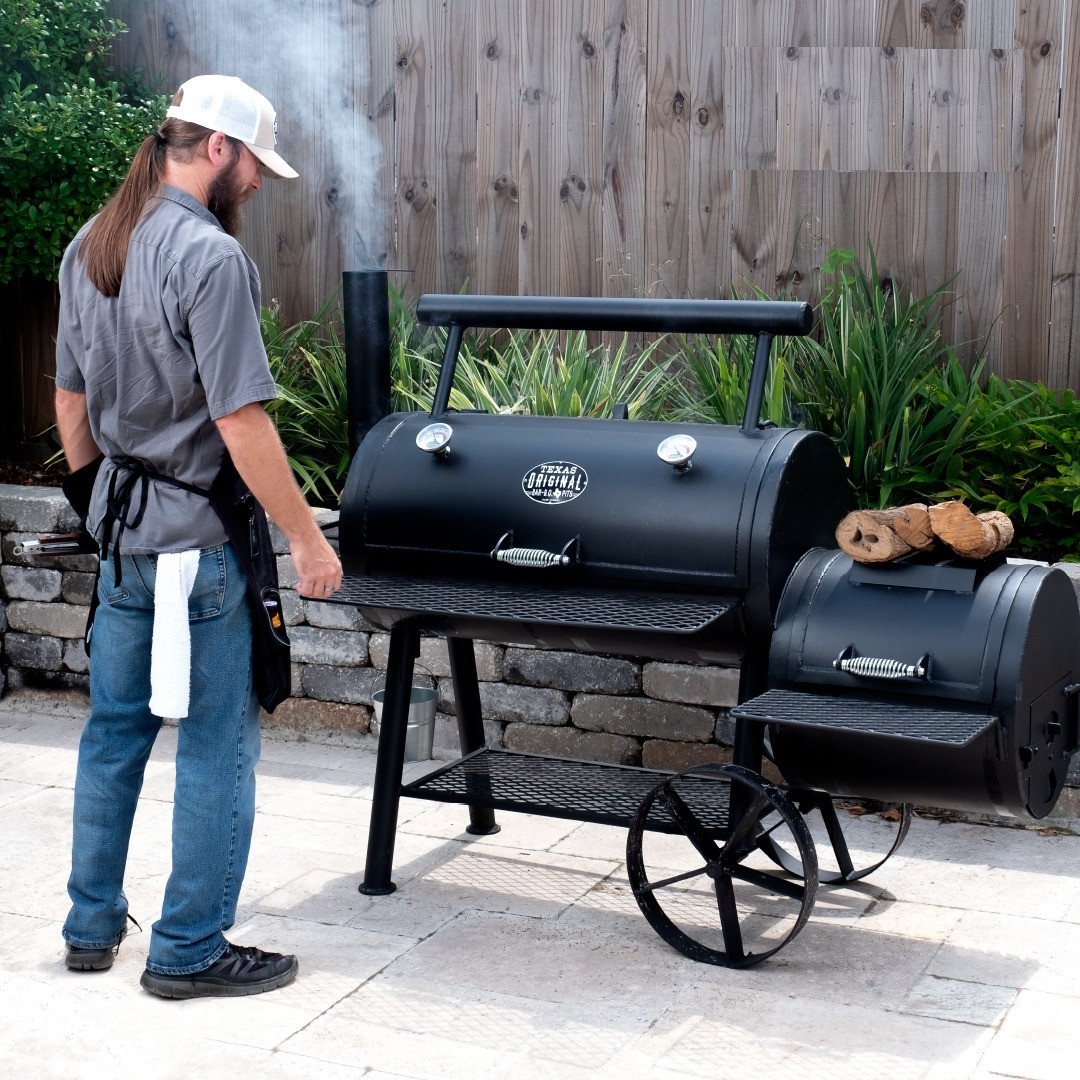

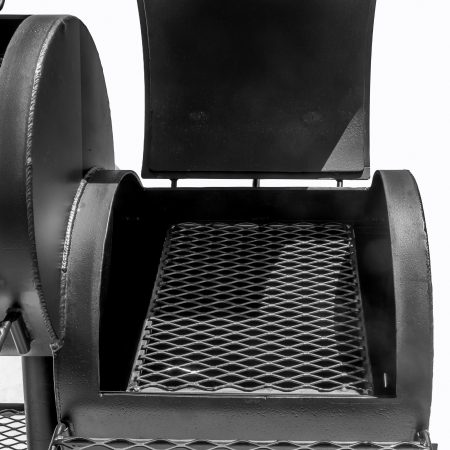
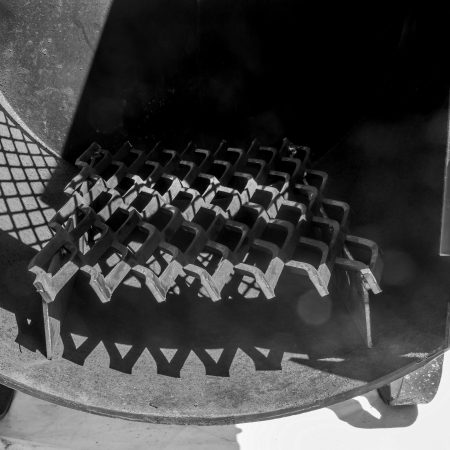
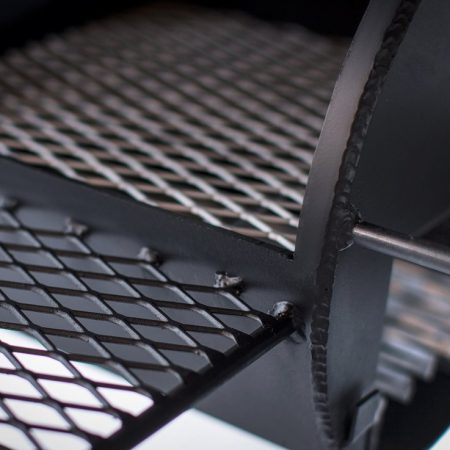
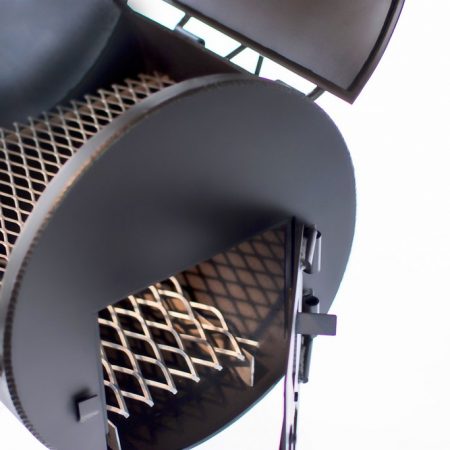
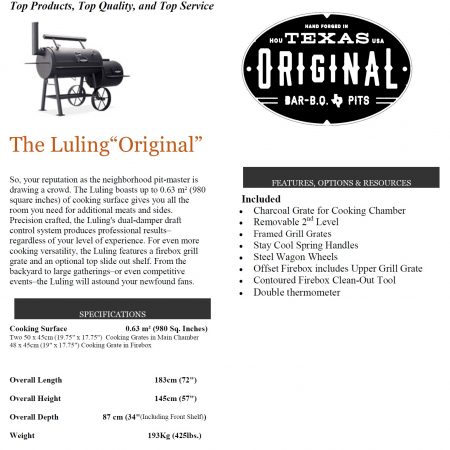
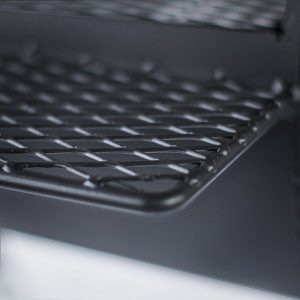
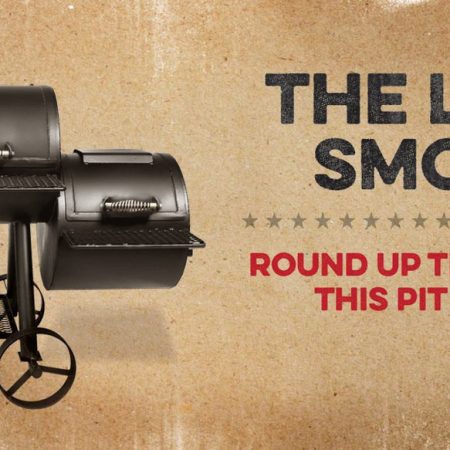
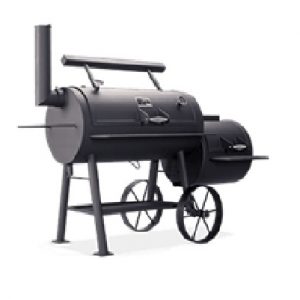
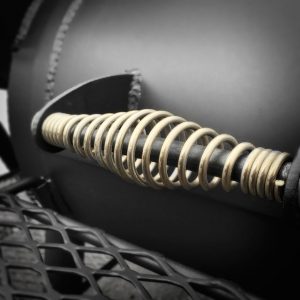
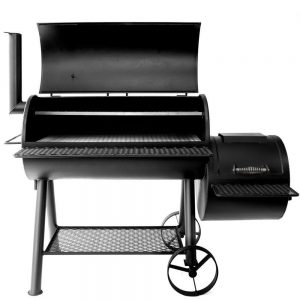

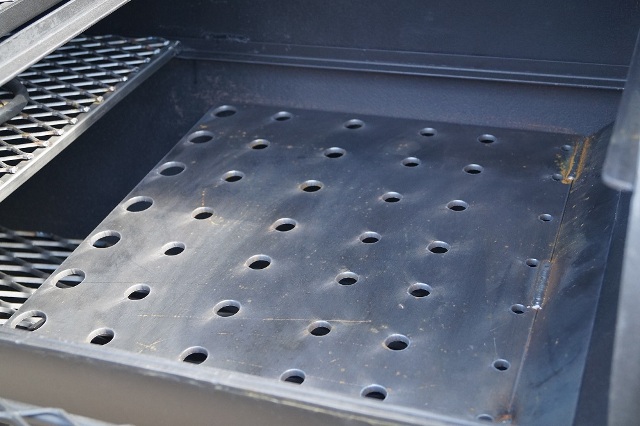



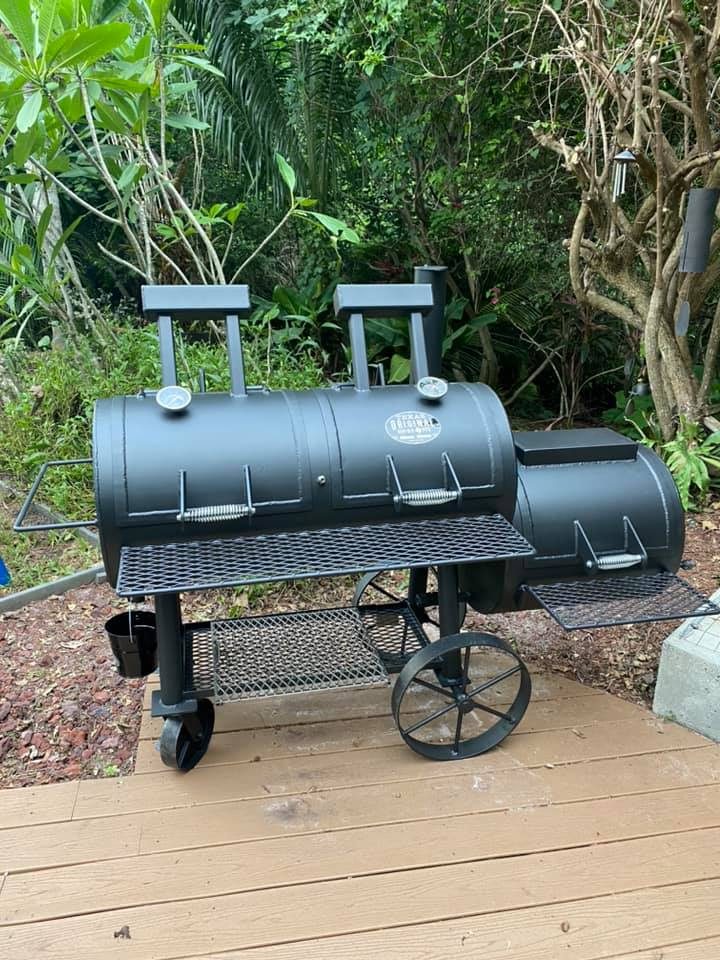

Reviews
There are no reviews yet.